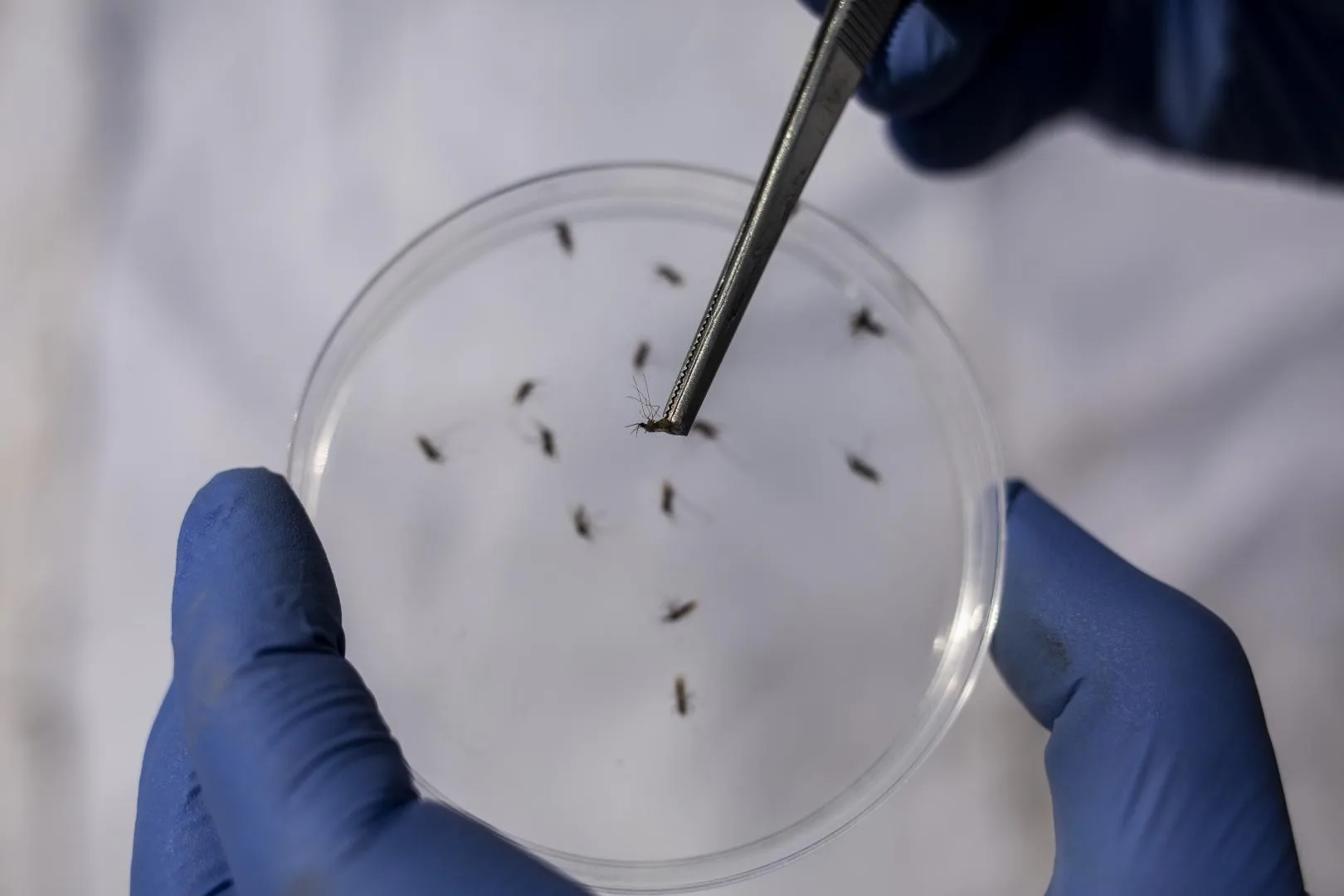
Is Malaria Surveillance Keeping Pace with the Threat?
Malaria, a potentially fatal illness, stems from blood parasites known as Plasmodium, transmitted through the bites of infected mosquitoes(also known as malaria vectors). Within the human body, these parasites proliferate initially in the liver before invading red blood cells.
Malaria typically manifests with initial symptoms that are general and sudden. Fever and flu-like manifestations frequently serve as the primary indicators of malaria. It’s noteworthy that influenza and, more recently, COVID-19, often lead to the misidentification of malaria. Among adults, common symptoms include headaches, accompanied by chills, cold shivers, and sweating, as well as muscle pain.
South Africa’s malaria affected areas include the low altitude border regions of Limpopo, Mpumalanga and KwaZulu-Natal (KZN) provinces. These regions typically experience active malaria transmission, especially during the peak malaria season that spans the summer months of November to April.
Although preventable and treatable, malaria remains a significant local and global health concern. Efforts aimed at malaria prevention and control have notably reduced its impact. Yet, challenges persist, including the influx of imported malaria cases, issues with the delivery of vector control spraying programs, insecticide resistance among vectors, and various obstacles in healthcare provision.
This report summarises malaria vector surveillance in South Africa in 2022 based on specimens referred to the Vector Control Reference Laboratory (VCRL) of the Centre for Emerging Zoonotic and Parasitic Diseases (CEZPD), NICD, as well as specimens collected and analysed by personnel from the University of Pretoria Institute for Sustainable Malaria Control.
Materials and Methods
Anopheles mosquitoes were collected from sentinel sites in KwaZulu-Natal, Mpumalanga and Limpopo provinces. These specimens were either collected by VCRL and UP ISMC, or referred to the VCRL by partner institutions and provincial malaria control programme entomology teams from January to December 2022.
Adult Anopheles mosquitoes were collected in human-baited net traps, human landing catches, house searches, animal shelters including cattle kraal, CDC and Encephalitis Vector Survey (EVS) traps, CO2 baited tent traps, swarm nets and outdoor placed clay pots, drums, disused black plastic sheets, modified buckets and discarded tyres.
Results
In total, 6,424 Anopheles mosquitoes were collected from Ilembe, Umkhanyakude, King Cetshwayo and Zululand districts of KwaZulu-Natal Province, the Ehlanzeni district of Mpumalanga Province and the Vhembe district of Limpopo Province sentinel sites. Most of the specimens were collected from KwaZulu-Natal (54%, n=3,442) followed by Limpopo (37%, n=2,381) and Mpumalanga (9%, n=601) provinces.
For a more in-depth look into this amazing study, download the full article below.


